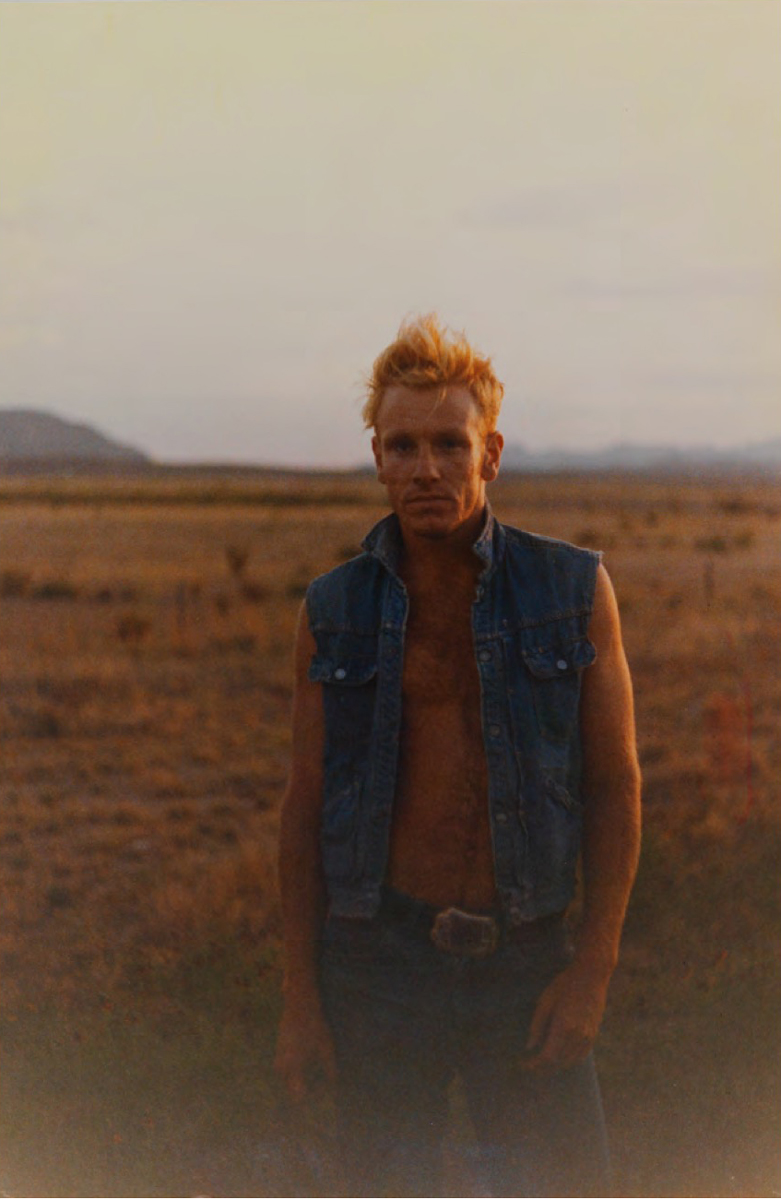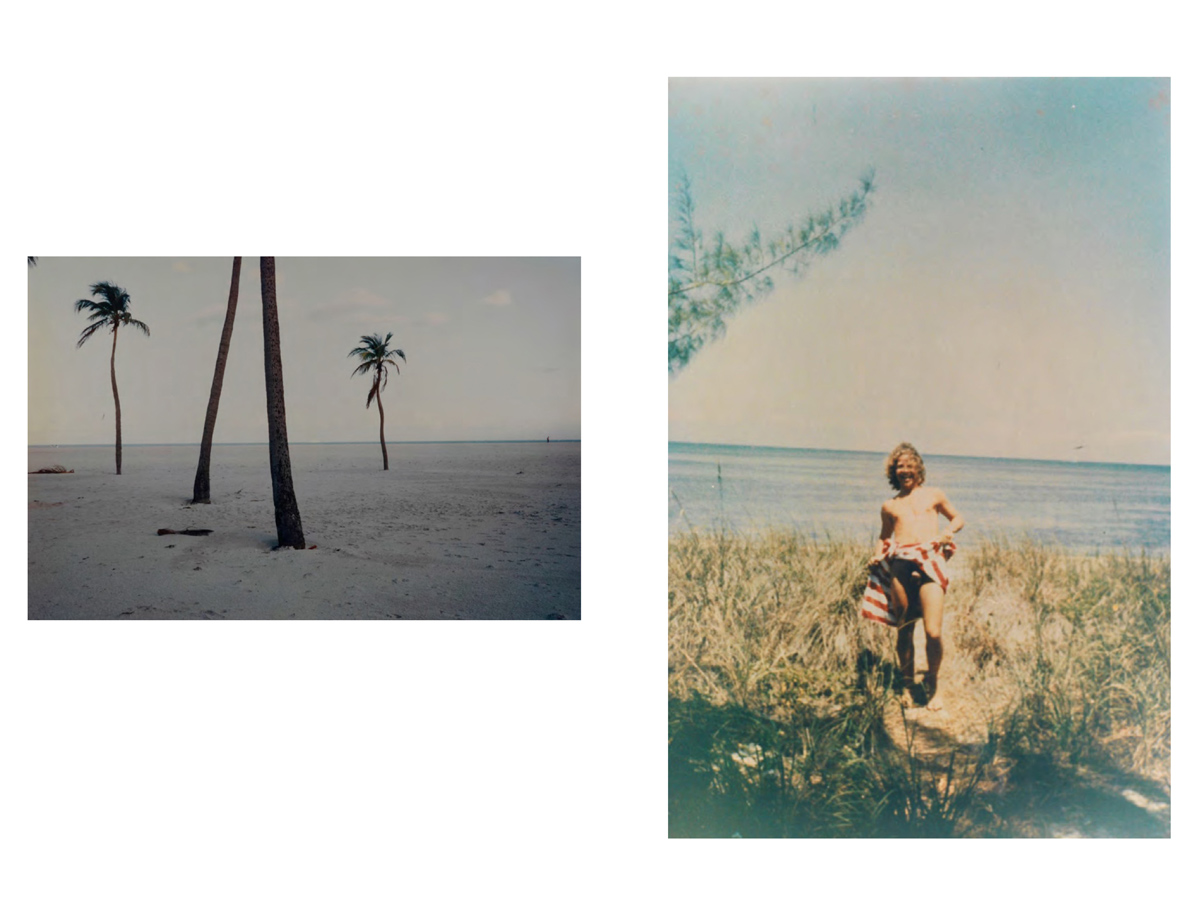“Authenticity is what Jack Pierson’s pictures convey,” says Stephen Shore in his foreword for Jack Pierson’s latest book The Hunger Years. It’s a tender look into Pierson’s drifting travels of the ’80’s and ’90’s. There he is on one page, caught in either a rising or fading desert sun, staring back into his camera. On the next page, it’s a vision into the New York night, hectic and frenzied, filled with myriad possibilities. “They have the feel of raw experience: the taste of a place, the face of a friend, a dismal aspect, a flash of passion,” Shore writes. The book is filled with lovers and friends, the lifelong and the impermanent. One of these is John, who appears in a lone image with his manhood exposed to the world. Framed by the Atlantic Ocean in the background, John’s face is a radiant example of bliss amidst his exhibitionism. On the following page, Alexis Arquette and Mario Gardner showcase themselves in poses coquettish and knowing. Each image is on the edge of failing. The space where life and longing dissolve into the world. In her introduction to the book, poet Eileen Myles writes about the power of photography, especially when it’s in the hands of an artist like Pierson: “It makes choices for you and the person or what you’re looking at makes some more and finally you are kind of what stops the action of the swirling world.”
Accompanying the images above, Pierson recalls the memories and anecdotes associated, providing further insight into the already intimate portraits.
“The Hunger Years” by Jack Pierson is now available online through Damiani.





























